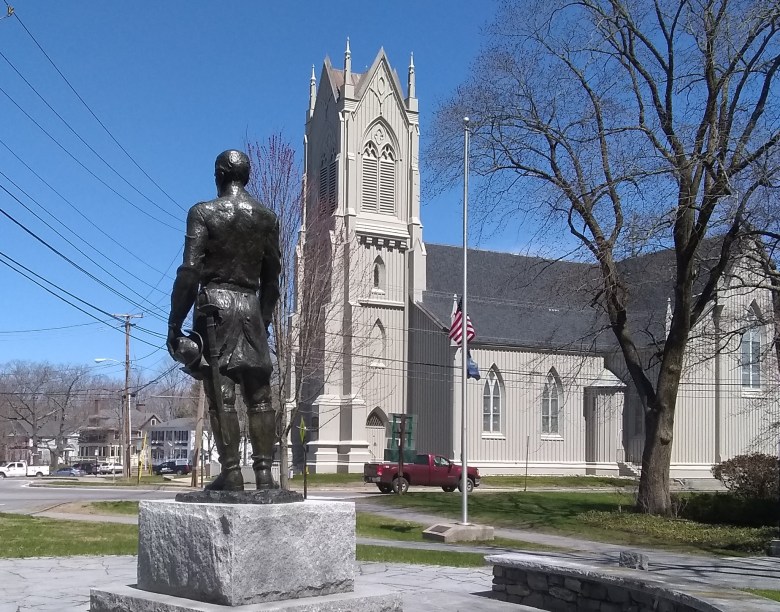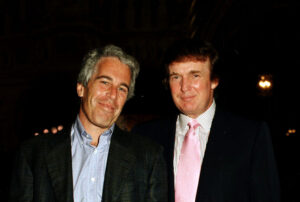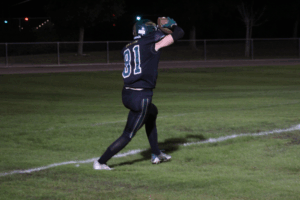
The First Parish Church in Brunswick, Maine, has stood as a significant landmark for 180 years, embodying a rich history intertwined with notable figures in American history. While Brunswick has seen many changes, this enduring structure remains a focal point of the community.
Early Beginnings and Historic Significance
Established in 1735, the original meeting house of the First Parish Church served both spiritual and governmental functions for over seven decades. Located about one mile south of Bowdoin College, the initial structure was eventually replaced by a second meeting house, which fell into disuse by 1834. In 1806, a new meeting house was constructed on the current site, marking a pivotal moment in the church’s history.
This building, designed by Samuel Melcher, was notable for being the first heated church in town and housed the first bell ever rung in Brunswick. By February 1845, community leaders decided to construct a more impressive meeting house on Maine Street, leading to the demolition of the 1806 structure.
The Gothic Revival Era and Notable Events
Construction of the current First Parish Meeting House began on July 10, 1845, coinciding with the dedication of St. Paul’s Episcopal Church. Designed by renowned architect Richard Upjohn, the new building featured a stunning Gothic Revival style. It was completed and dedicated on March 18, 1846, at a cost of $13,101.68.
The meeting house, which boasts an 80-foot tower with a tall spire designed by Bowdoin College mathematics professor William Smyth, quickly became the tallest structure in Brunswick. This church played a pivotal role in American history; during a sermon in the winter of 1850-51, Harriet Beecher Stowe experienced a moment of inspiration that led to her writing “Uncle Tom’s Cabin,” a novel that significantly influenced public sentiment leading up to the Civil War.
The church has hosted numerous prominent figures, including Civil War General Ulysses Grant, poet Henry Wadsworth Longfellow, and civil rights leader Dr. Martin Luther King Jr.. These events have etched the church into the fabric of Brunswick’s history.
On October 30, 1866, a severe gale caused the spire to be blown off the tower, though the structure itself remained intact. Repairs ensued, yet the spire was never replaced, marking a significant change in the church’s silhouette.
Joshua Chamberlain, a key figure in American history and a Bowdoin College alumnus, was closely associated with the church. He contributed a stained glass window in honor of his father-in-law, who had led the congregation for 40 years. Chamberlain’s funeral was held in the church in 1914, further cementing its significance in his life.
In recognition of its historical importance, the First Parish Church was added to the National Register of Historic Places in 1969. Recently, in 2009, Reverend Mary Baard made history as the first woman to lead the congregation.
The First Parish Church continues to serve as a spiritual home for the Brunswick community, maintaining its legacy as the oldest continually serving spiritual community in the area. Its history, marked by significant events and notable individuals, remains a testament to the enduring nature of this cherished landmark.







